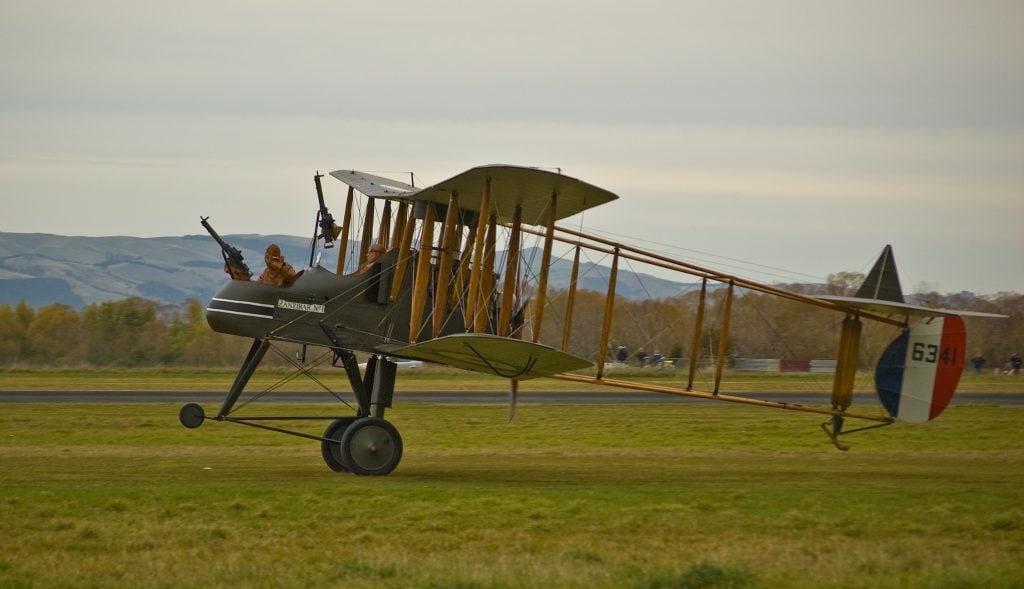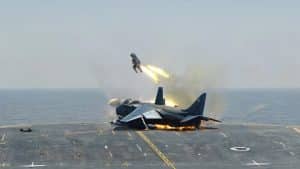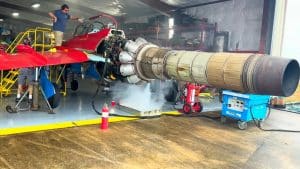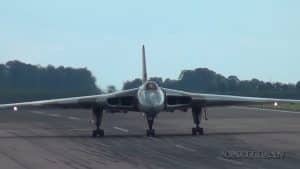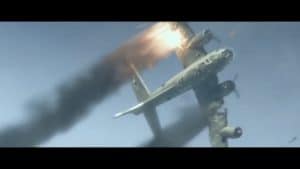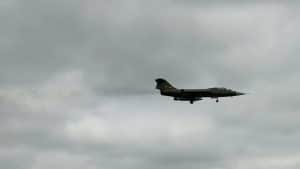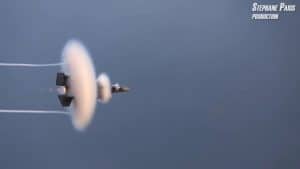Top 15 Fighter Planes Of WWI- These Are Absolutely Beautiful
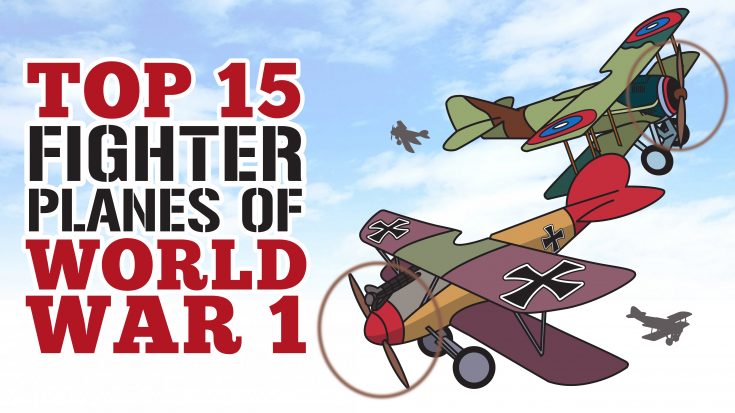
Legendary Birds
World War I saw the first extensive use of aircraft in combats. Canvas and wood biplanes, pilots with no parachute – it wasn’t easy trying to win aerial warfare. But even so, it paved the way for the development of more advanced war birds.
15. FB5 Gunbus
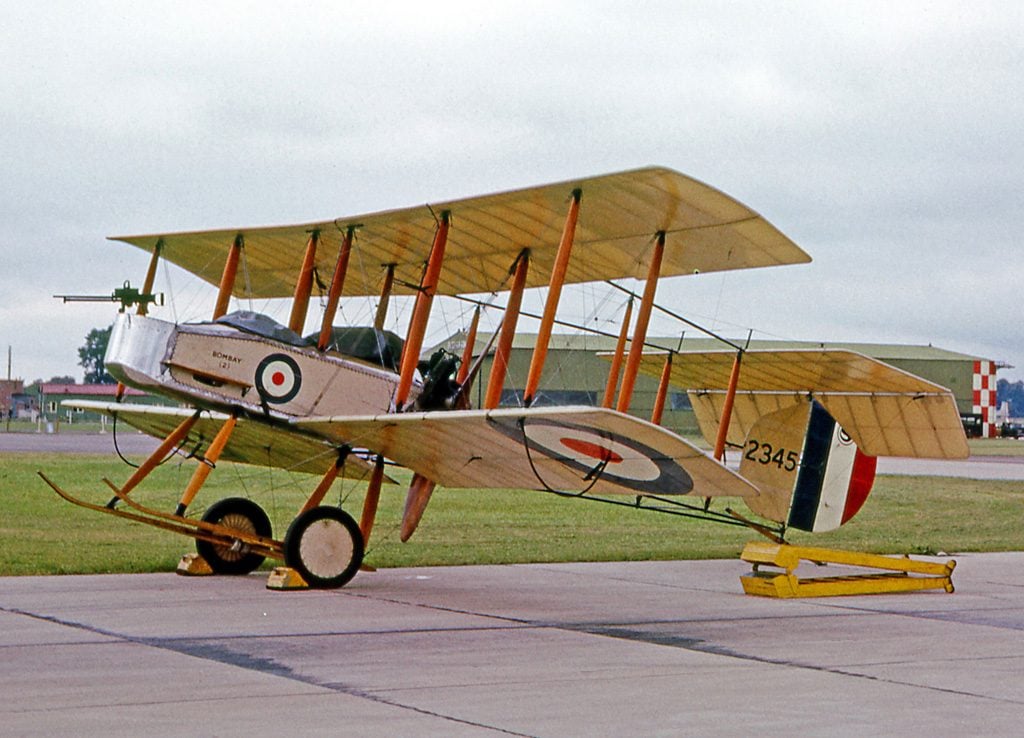
Country: Britain
Speed km/h: 113
Speed mph: 70
Armament: 1
Unveiled at the London Aero Show in 1913, this British two-seat pusher military biplane was designed to fulfill the role of ‘scouting.’ It’s basically the world’s first operational fighter aircraft since it’s armed with a 7.7 mm Lewis gun. By that year’s standards, the design was pretty solid all things considered.
However, it was in 1912 when Vickers started devising a plan and experimenting with the idea of an aircraft adequately armed and capable to destroy another warplane. The result was called Type 18 ‘Destroyer’ which was later named E.F.B.1 or ‘Experimental Fighting Biplane No. 1’ which unfortunately crashed after it took off for its maiden flight. The F.B.5 or ‘Gunbus’ boasted of its overall simplicity with clean and conventional design compared to the previous models. Later on, it was found out that its performance was inadequate.
It was retired by the end of 1915 with a total of around 224 planes built.
14. Eindecker III
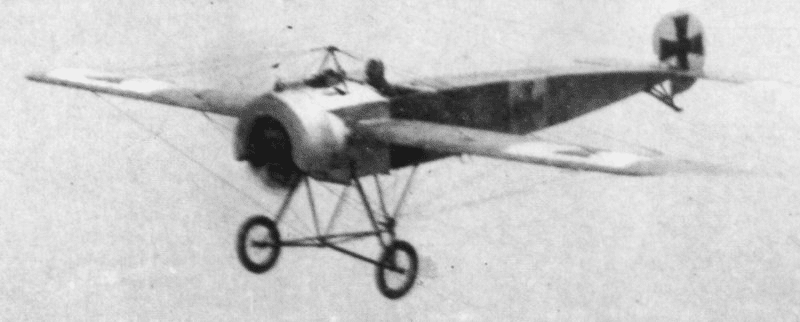
Country: Germany
Speed km/h: 140
Speed mph: 87
Armament: 1
The main variant of the Fokker Eindecker monoplane fighter during World War I, it basically introduced armed aerial combat with its synchronized machine gun. It was introduced on December 1915 and began its active career on the Western Front. Compared to the E.II, the Eindecker III had newly designed wings which were significantly larger and the chord is just at 1.80 meter instead of the usual 1.88 meter from previous models.
The bigger main fuel tank increased its endurance for about an hour more than its predecessor. This series however, was used at the front lines for a relatively short period of time – quite common for warplanes built during WWI. There wasn’t a lot of opportunity for any aircraft to prove itself mostly because of the rapid changes and advancements in aviation technology. They’re easily replaced with more modern fighter planes.
13. Morane-Saulnier Type N
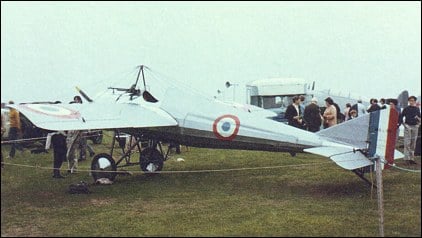
Country: France
Speed km/h: 144
Speed mph: 89
Armament: 1
At the time it was developed, it boasted of an advanced aerodynamic design – it was clean and streamlined. Affectionately called the ‘Bullet’, it made its first flight on July 22, 1914 and was used by the Aéronautique Militaire, Royal Flying Corps and the 19th Squadron of the Imperial Russian Air Force. Like what happened with other aircraft of this time, it was built in limited numbers and was soon replaced with more advanced planes.
There are a total of only 49 Morane-Saulnier Type N fighters made before it was rendered obsolete. Nevertheless, it still showed promise since it was able to utilize wing warping and air-deflecting spinner. However, due to this, it wasn’t an easy warplane to fly since the wing warping caused stiff lateral control. The spinner, in turn, became responsible for engine overheating. And, the aircraft also had a very high landing speed.
12. FE2b
Country: Britain
Speed km/h: 147
Speed mph: 91
Armament: 1
This was first introduced towards the end of 1915 and began its service as a front line fighter in January 1916. In Europe, it was extensively used to fulfill the role of night bomber. Like the F.E.2a, this was powered with a Beardmore liquid-cooled aero engine.
Initially, it only had 120 hp but later models had 160 hp. Earlier F.E.2b models were fitted with a second Lewis gun on a mounting in front of the pilot’s cockpit to allow him to fire forward. However, there’s still the issue of a large blind spot under the tail. When firing the rear gun, though, there’s the possibility of being thrown out of the cockpit. Max Immelmann, the first World War I German flying ace, was killed during an aerial combat with an F.E.2b. Nonetheless, it quickly became obsolete when more maneuverable warplanes were built.
11. DH2
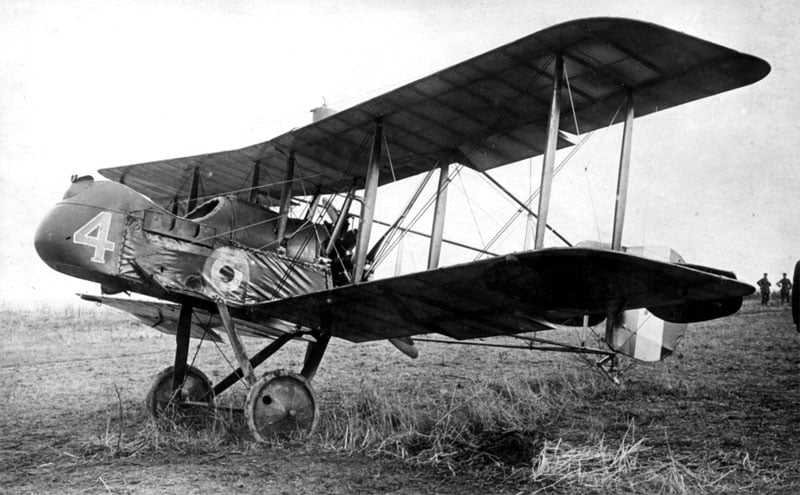
Country: Britain
Speed km/h: 150
Speed mph: 93
Armament: 1
This single-seat biplane “pusher” aircraft served as a fighter in World War I. With its rugged and nimble design, it enabled the Royal Flying Corps pilots to go head-to-head with the German Fokker Scourge. It also aimed to take back aerial superiority.
Most of the DH.2s were powered by a Gnôme Monosoupape rotary engine 100 hp but later models were fitted with the Le Rhône 9J 110 hp. There weren’t plenty of good fighter platforms at the time and considering the DH.2 showed a lot of promise, it began its operational trials in mid-1915.
The first one that arrived in France for the trial though was shot down and the pilot didn’t survive. On the Western Front, seven squadrons were equipped with DH.2, the first one being No. 24 Squadron RFC. The DH.2 wasn’t just any other warplane, it practically tried to flip the odds in favor of the Allied forces.
10. Nieuport Bebe
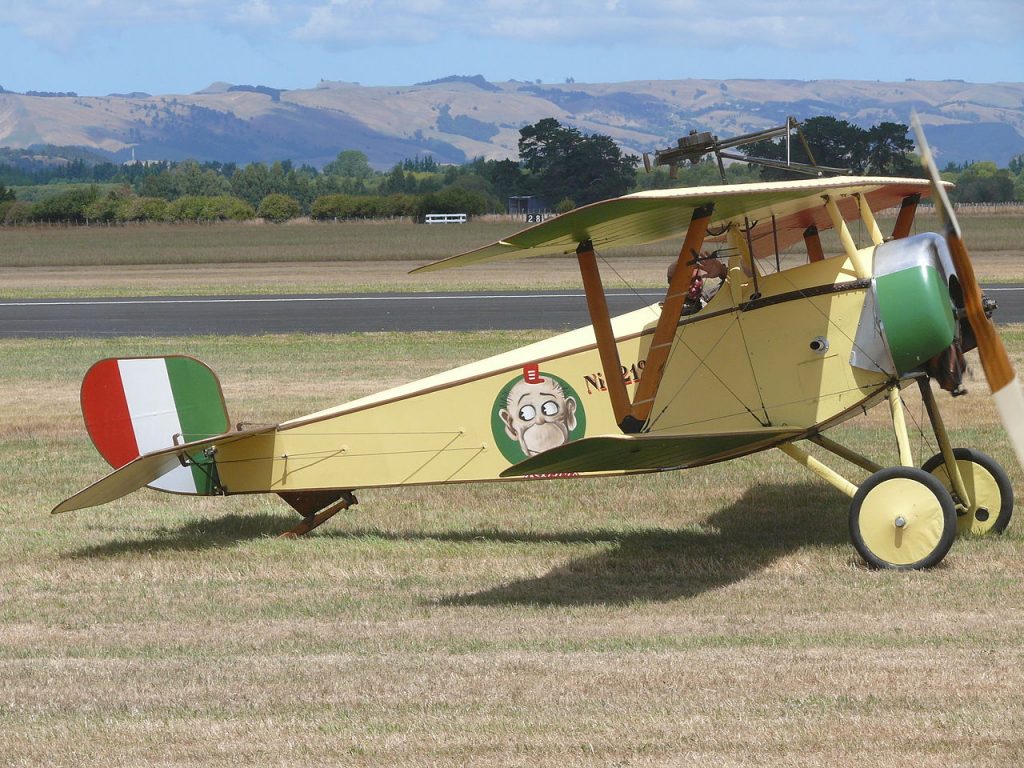
Country: France
Speed km/h: 156
Speed mph: 97
Armament: 1
Widely considered as one of the true fighters of the Allied Forces during World War I, the Nieuport 11 ‘Bebe’ is credited for ending the air superiority reign of the dreaded Fokker Scourge. Originally intended for use in competition, its roots in racing platform proved beneficial to its militarized form.
In fact, the whole Nieuport series also known as the ‘Nieuport Fighting Scouts’ would prove to be among the best fighter plane lines throughout the war and instrumental in ensuring aerial dominance. In January 1916, the Nieuport 11 was placed on the French front lines and in just a month, already 90 warplanes started their service.
When going toe-to-toe with the Fokker Eindecker, the ‘Bebe’ could out-run, out-climb and out-maneuver it. It featured a light and quick roll response but its Lewis machine gun produced a rate of fire that’s unpredictable.
9. Albatros III
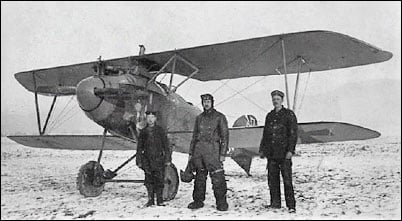
Country: Germany
Speed km/h: 175
Speed mph: 109
Armament: 2
Notable for being flown by some of Germany’s top aces (including Kurt Wolff, Wilhelm Frankl, Manfred von Richthofen, Erich Löwenhardt, Ernst Udet and Karl Emil Schäfer), there may have been structural deficiencies but it was still a prominent fighter and instrumental in German aerial superiority especially during the ‘Bloody April’ of 1917. It wasn’t a perfect aircraft and in fact, it had its flaws.
There were some modifications to the design as compared to the D.I and D.II series. Because the parallel struts have been replaced with V-shaped interplane struts, the aircraft was often called the ‘V-Strutter.’ At the time, Albatros received the biggest production contract in Germany with orders of 400 D.IIIs. Upon its entry into service, pilots and crews were impressed with its maneuverability and rate of climb. Though a bit heavy on the controls, overall, it was an easy plane to fly.
8. Sopwith Pup
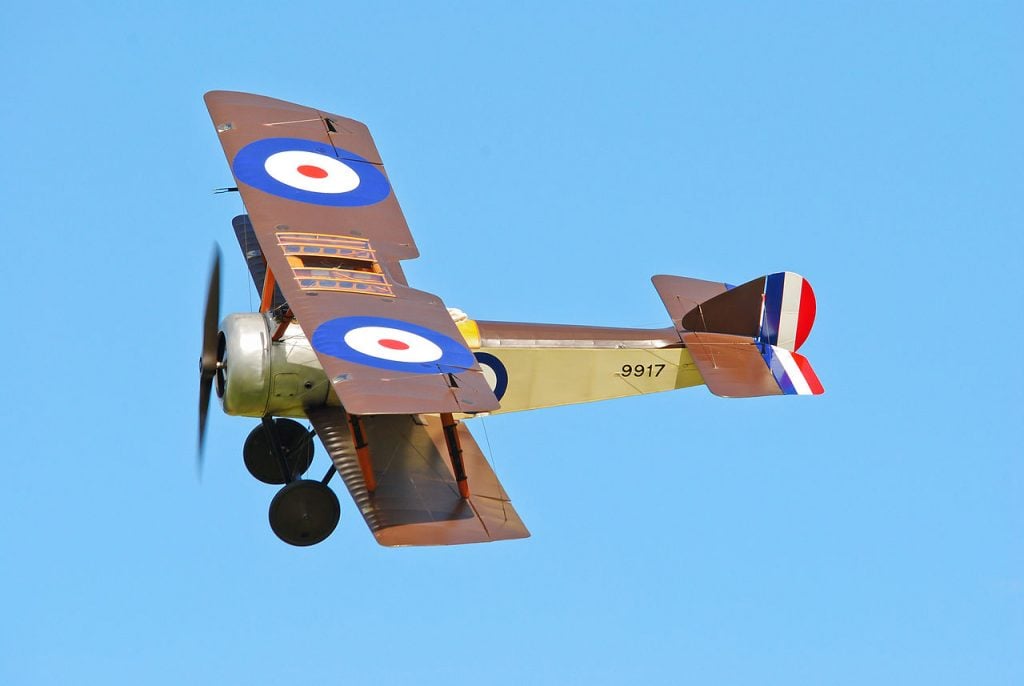
Country: Britain
Speed km/h: 179
Speed mph: 111
Armament: 1
After its first flight on February 9, 1916, it proved that it didn’t just have pleasant flying characteristics. It had great maneuverability and therefore became an immediate contributor in regaining control for aerial dominance over Western Europe.
The Pup quickly proved how superior it is to the earlier Fokker and Albatros biplane models. Its endurance was about three hours and has a good rate of climb too (mostly due to the generous wing area and overall light weight) and was successful after reaching the Western Front.
It claimed 20 enemy machines during the Battle of the Somme in France. German fighter ace Manfred von Richthofen who’s credited with 80 aerial combat victories once said after facing the Pup in battle, “We saw at once that the enemy aeroplane was superior to ours.” It had a remarkable performance for all-around flying.
7. Sopwith Camel
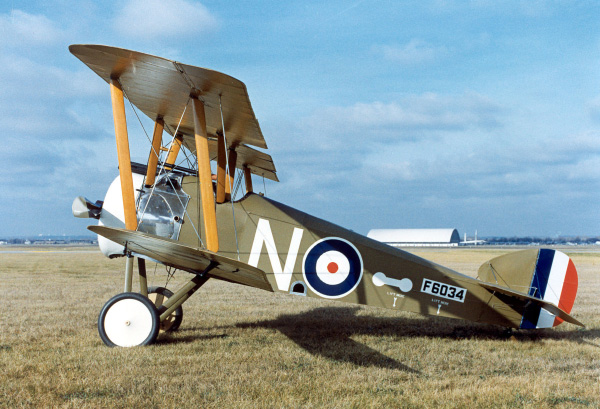
Country: Britain
Speed km/h: 185
Speed mph: 115
Armament: 2
In World War I, the Sopwith Camel shot down more German warplanes than any other aircraft from the Allied forces. Pup’s successor was versatile and it became a good ground-attack aircraft towards the end of the war when other platforms were beginning to outclass it.
It had great maneuverability especially if handled by an experienced pilot. Otherwise, it isn’t the easiest bird to fly especially for novice pilots. There were many incidents when it would crash upon takeoff. In addition, it was tail heavy during level flights. It was a lot of work for the pilot because there’s always a possibility of experiencing stall which in turn, could result to an extremely dangerous spin. Despite all its faults and even if its appearance wasn’t exactly the most revolutionary at the time, it was still a pivotal design in favor of the Allies.
6. Fokker DR I
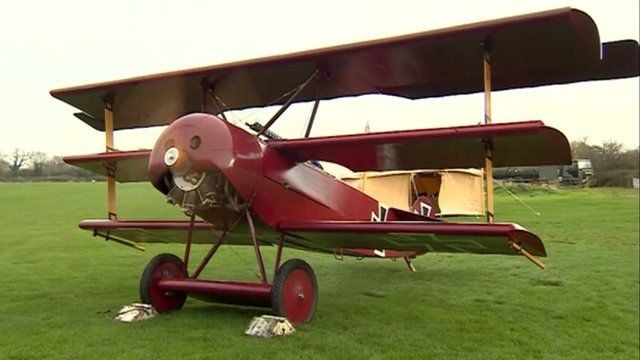
Country: Germany
Speed km/h: 185
Speed mph: 115
Armament: 2
The most famous war plane of World War I, this helped German ace pilot Manfred von Richthofen (also known as the ‘Red Baron’) earn 19 of his air combat victories, the last of his kills. It’s a capable aircraft and featured exceptional maneuverability with light and powerful rudder and elevator controls.
The rate of climb is also remarkable compared to other platforms at the time although at lower altitudes, its performance became less than impressive. Also, the downsides to this aircraft include its substantial drag (which reduced the overall speed) and also, it was significantly slower than its contemporary Allied fighter planes especially during dives and level flights.
All in all, the Fokker Dr.I was more than just a knockoff version of the Sopwith Triplane. Aside from the three-wing design, the appearance of the aircraft was somewhat typical and nothing extraordinary.
5. Sopwith Triplane
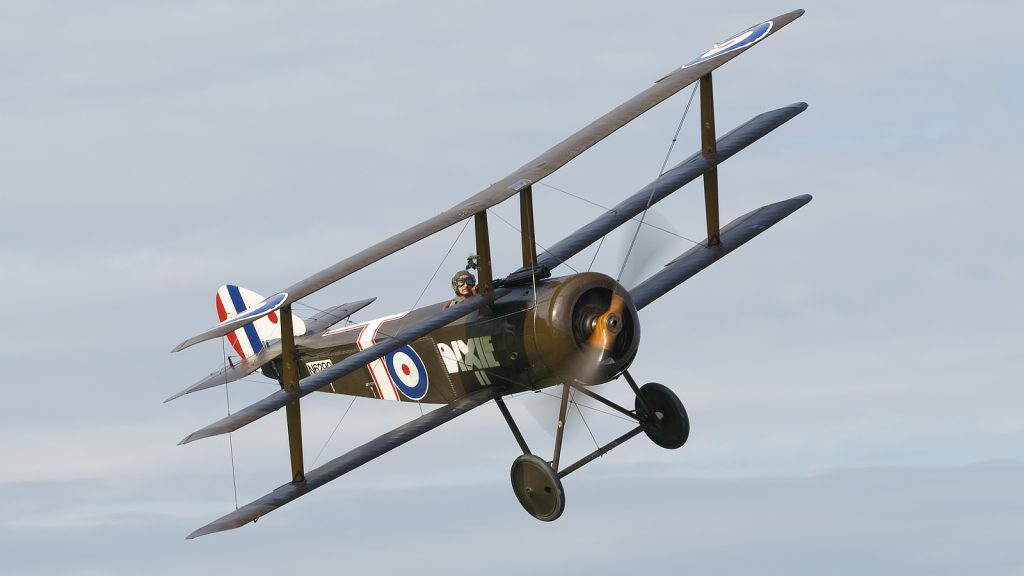
Country: Britain
Speed km/h: 187
Speed mph: 116
Armament: 1
It was because of the Sopwith Triplane’s immediate success that ultimately prompted Germany to create their Fokker Dr.I and well, Sopwith’s reputation is well-deserved. Also called ‘Triplehound’ by its pilots, it has its roots from the Pup series and it became the first operational aircraft with an effective three-wing system (a revolutionary move considering that most aircraft at the time were monoplanes or biplanes).
The design offered excellent rate of climb and unparalleled maneuverability. It easily became superior than any other war plane and its agility was a huge plus. The controls were well-harmonized and effective. Both the fuselage and empennage were very similar to that of the Pup.
Nevertheless, most pilots preferred the Triplane over the Pup even if the former is just slightly less maneuverable than the latter. In terms of visibility, some angles weren’t ideal but that didn’t become a deal-breaker.
4. Fokker D VII
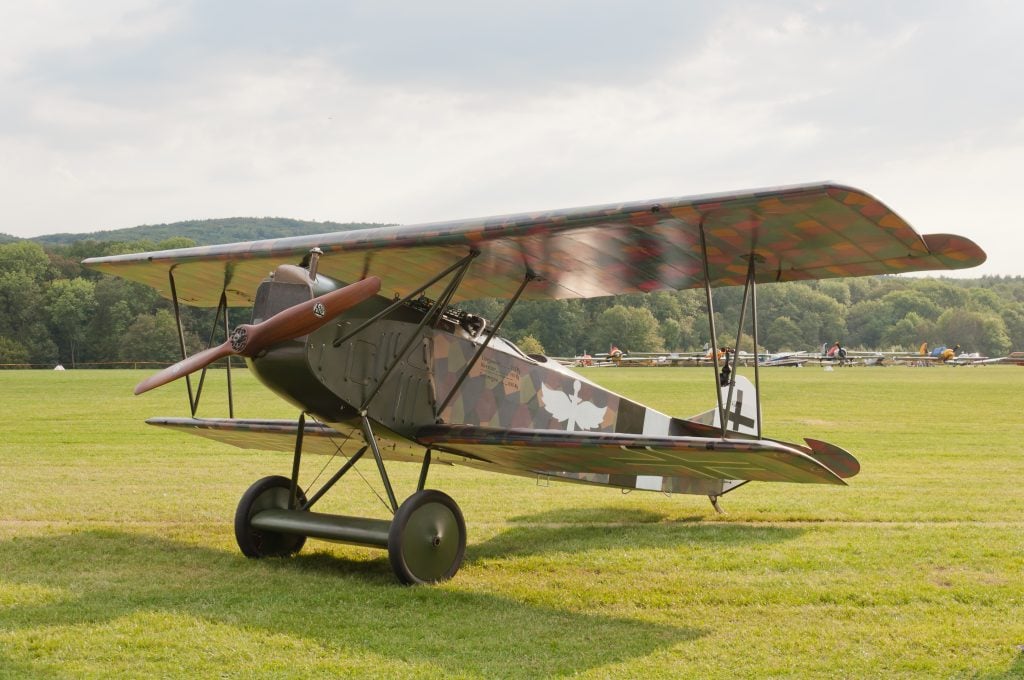
Country: Germany
Speed km/h: 188
Speed mph: 117
Armament: 2
Not surprisingly so, this is one of Germany’s finest fighters during World War I. It immediately proved its worth and earned the reputation of a formidable war plane. It was developed late in the war which is why its active career was pretty short-lived which is nothing new considering how rapidly changing aviation technology was back then. Some planes became obsolete in a matter of months.
The Fokker D.VII became an immediate success because it was easy to fly and handle and generally safe. It also offered an overall excellent performance. It earned the respect of its combat opponents and was highly feared. It was German fighter ace pilot Manfred von Richthofen who pointed out, after testing the aircraft, that it can be a little unstable at times especially when diving. Thus, Fokker made some modifications to improve the stability.
3. Spad VII
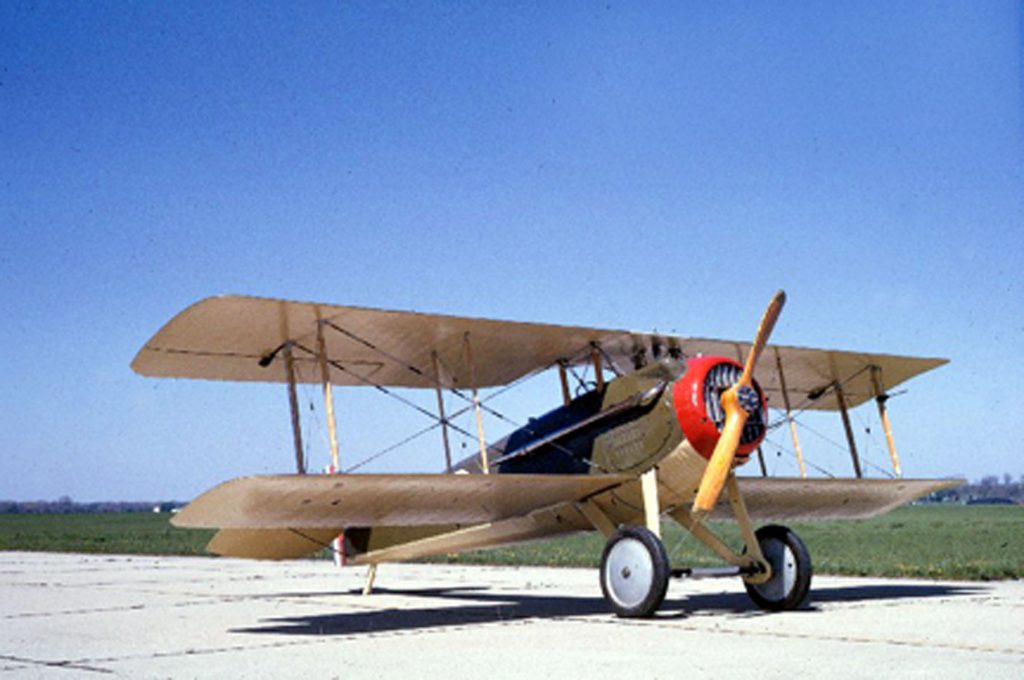
Country: France
Speed km/h: 212
Speed mph: 132
Armament: 1
An extremely capable fighter, the SPAD S.VII was well-known for being sturdy and rugged. It had an impressive rate of climb to 12,000 ft, remarkable diving characteristics and excellent maximum speed. It was less maneuverable than the Nieuport 17 though so for those pilots who were used to it, they found the SPAD S.VII to be a little heavy on the controls.
Some of the ace pilots who flew it include Italy’s Francesco Baracca (with 34 victories), France’s Georges Guynemer (with 54 victories), and Australia’s Francesco Baracca (with 23 victories). The cockpit’s open-air nature offered excellent views for the pilot. Its armament was adequate enough to engage enemy planes.
Early production revealed some of its faults though such as overheating during warm weather and failure of the engine to warm up when it’s cold. Field modifications had to be done to address them.
2. SE5a
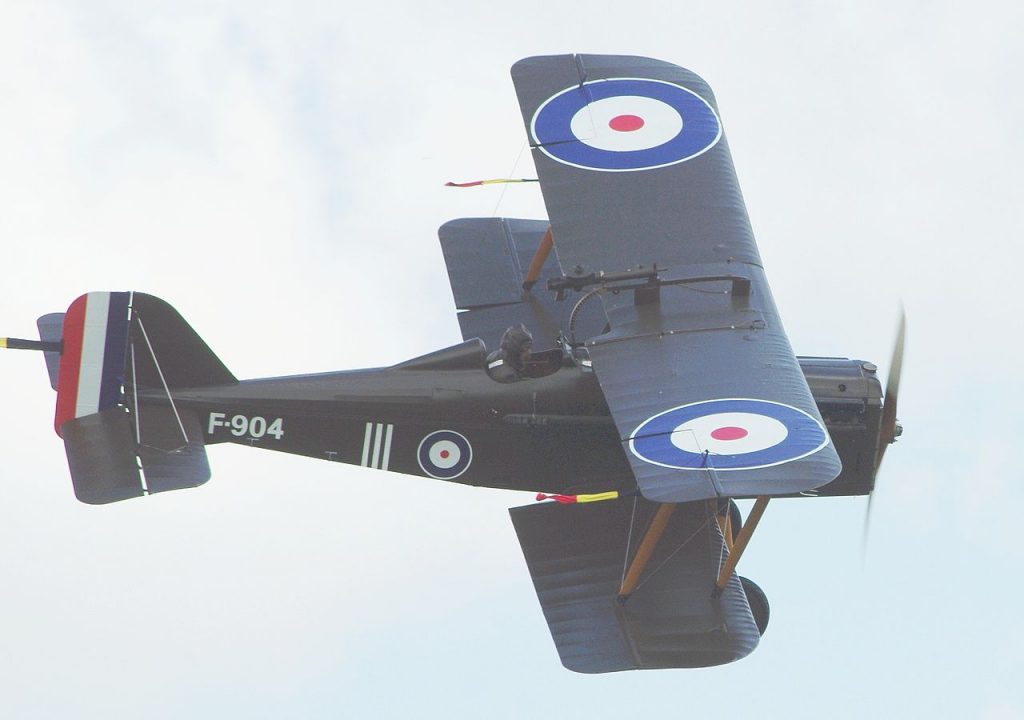
Country: Britain
Speed km/h: 222
Speed mph: 138
Armament: 2
Compared with the Sopwith Camel, it had undoubtedly better overall performance but alongside it, it allowed the Allied forces to regain air superiority and avoid heavy losses to the Royal Flying Corps. The main focus of the design was to make it easy to handle and fly even for novice and inexperienced pilots.
Its maneuverability may be similar to the Camel but it was remarkably faster and quieter. In tight dogfights, the Camel was more agile and in turn, more effective in taking down the enemy aircraft. For the S.E.5a’s engine problems, the solution was the use of Wolseley Viper 200 hp which is a high-compression, direct-drive derivative of the Hispano-Suiza 8a.
According to Royal Air Force senior commander Sholto Douglas, the S.E.5a had a reliable engine and is effective in both defense and offense. It also had a solid design and construction.
1. Spad XIII
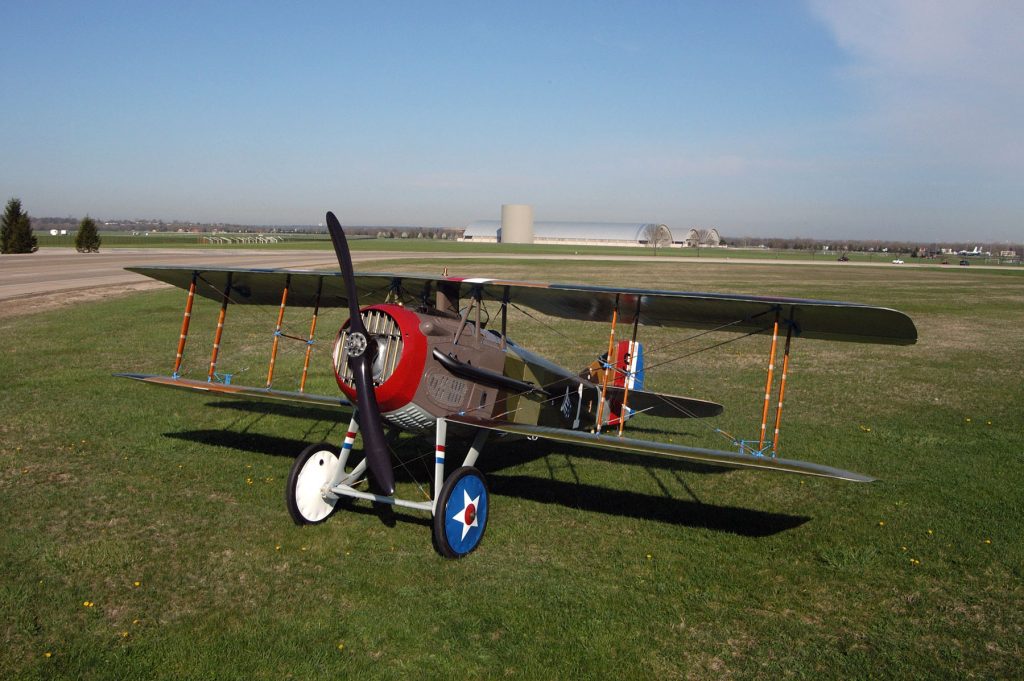
Country: France
Speed km/h: 222
Speed mph: 138
Armament: 2
Highly regarded as one of the most successful fighter planes in World War I, this fast and rugged aircraft featured a robust construction was able to dive at high speed – thus, making it a formidable and lethal opponent in dogfights. With more powerful engines and increased wingspan, this was in league with other legendary warplanes such as the Sopwith Camel and Fokker D.VII.
However, the engines sometimes proved to be unreliable mostly due to poor lubrication and vibration. Still, many considered it as a worthy price to pay with the stellar overall performance. Over time, however, there were modifications made to the engines with ultimately resulted to increased serviceability.
In combat, it could out-run most of its opponents and its structure was solid enough to withstand a decent amount of beating before finally caving in. At lower speeds, though, there’s reduced maneuverability.












